Spectacled Eider
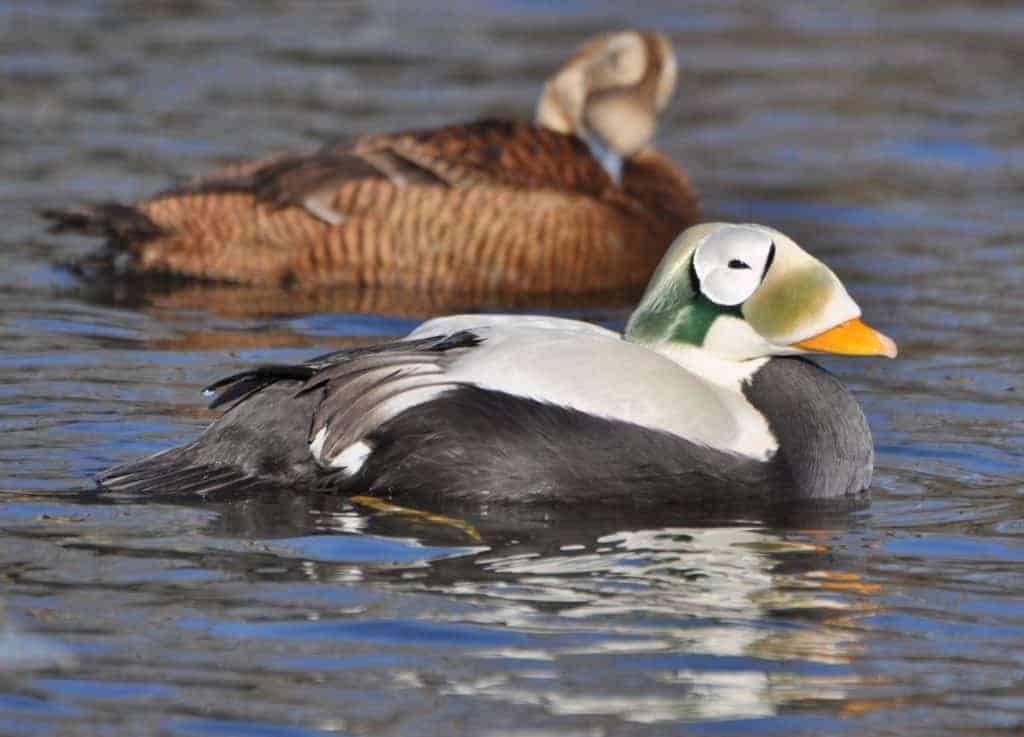
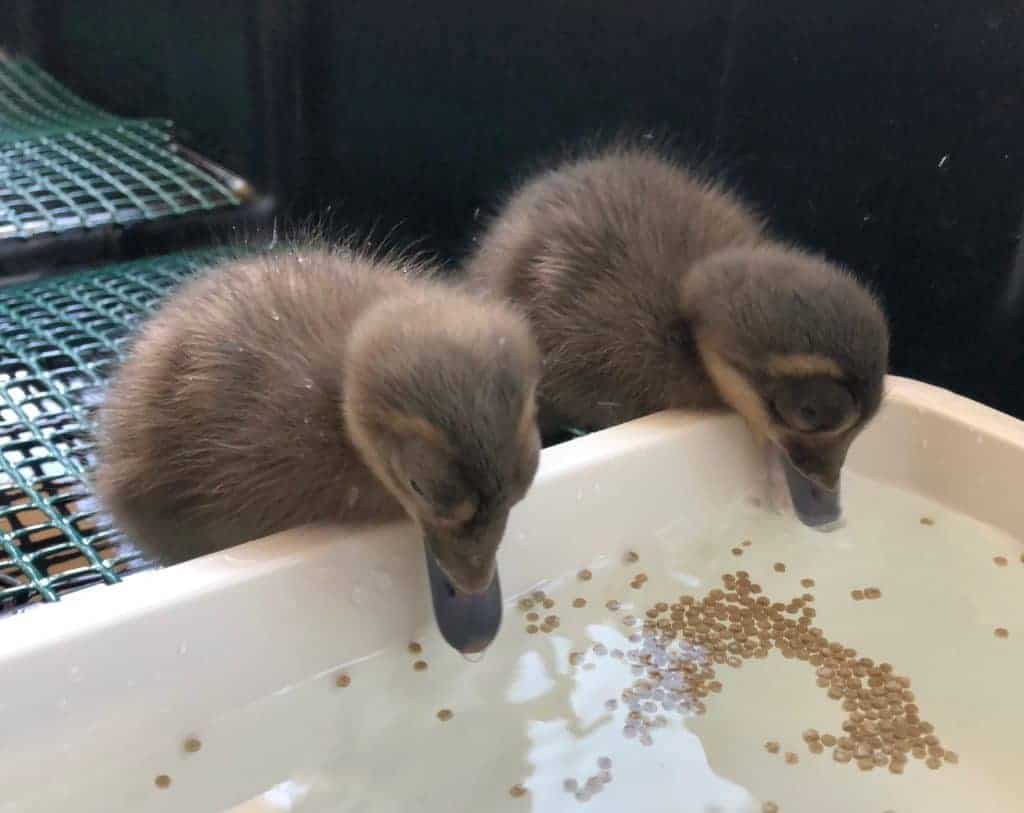
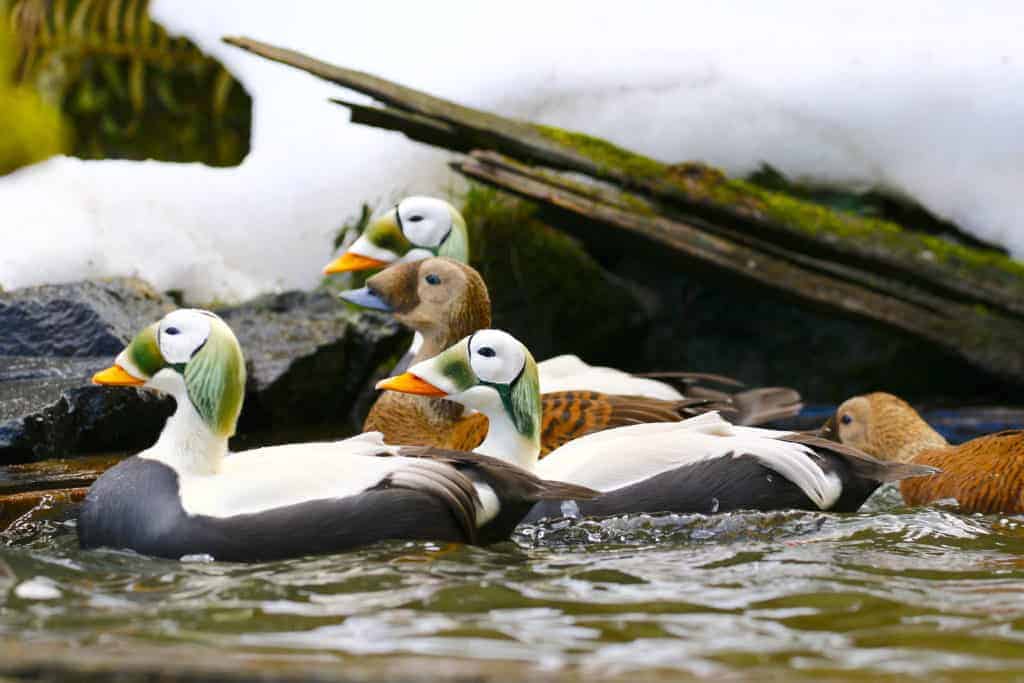
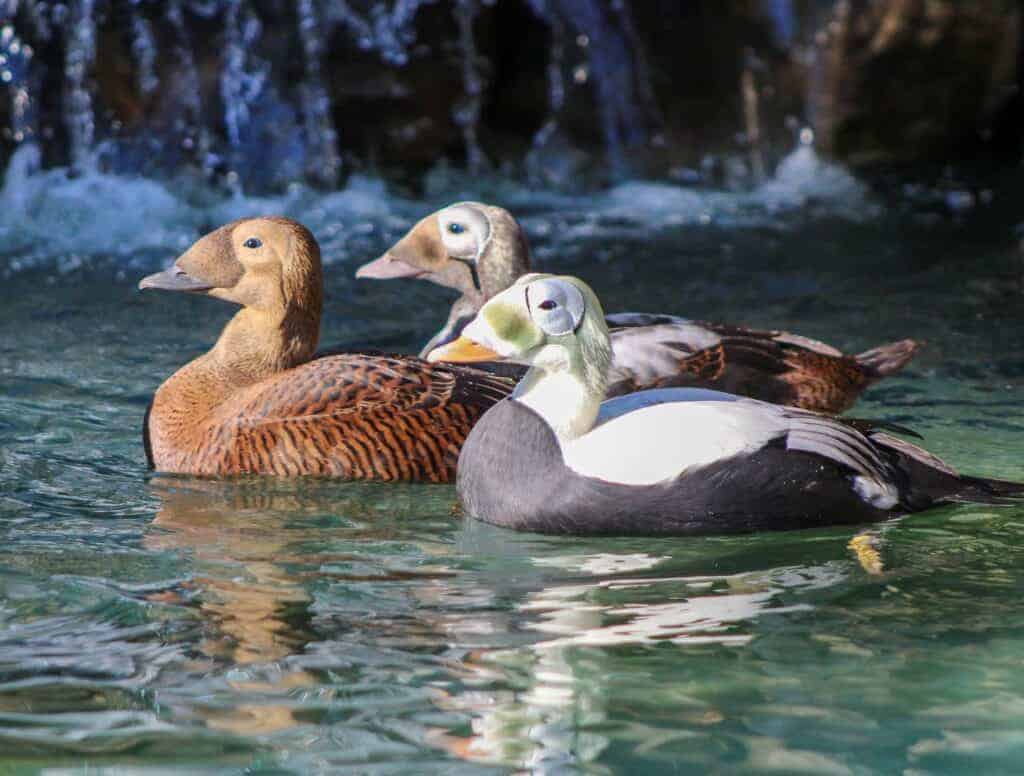
Somateria fischeri
Slightly smaller than the Common Eider, the Spectacled Eider is a sea duck of the Alaskan coasts and north-eastern Siberia.
This is a challenging species to keep. The birds in current aviculture have come from a very small genetic pool and it is hard to know how closely related birds are. Understanding their wild habitat may hold the key to success. There are several collections now breeding them regularly.
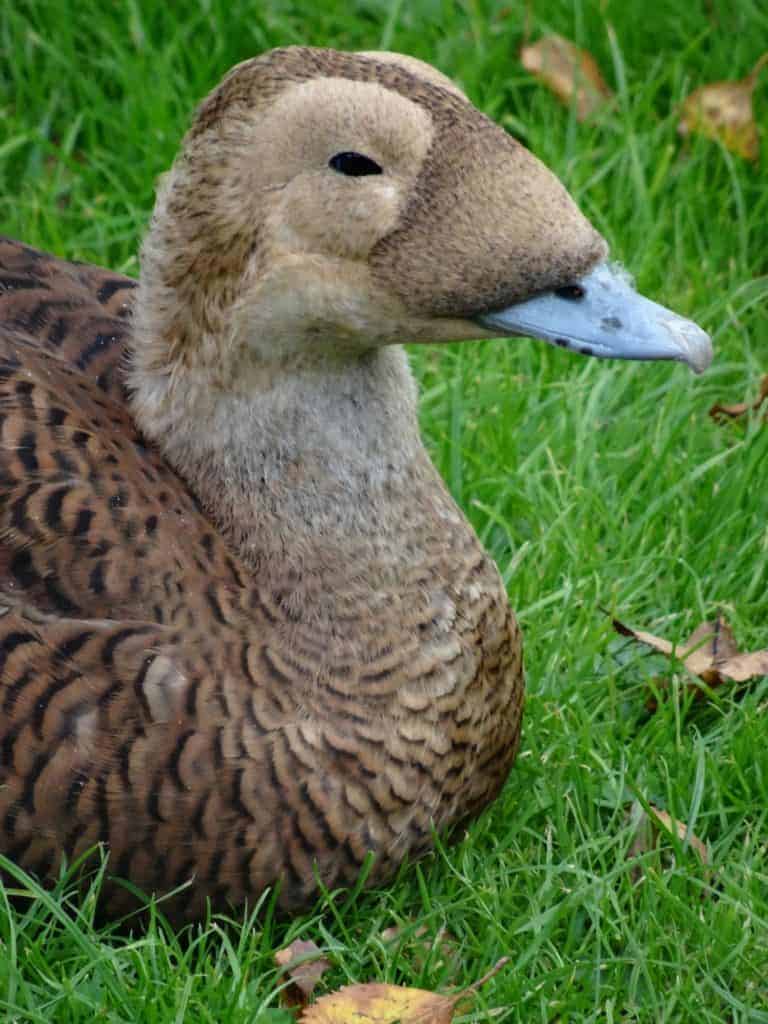
The movements of wild Spectacled Eiders in winter were unknown until the mid-1990s. Most of the world population winters in the Bering Sea, at the southern edge of the pack ice. Ducks massed together keep open areas in the ice, known as ‘polynias’.
As winter approaches, Spectacled Eiders tend to put on weight. The covered area above the nostrils, the cere, swells and is a good indicator of the bird’s condition.
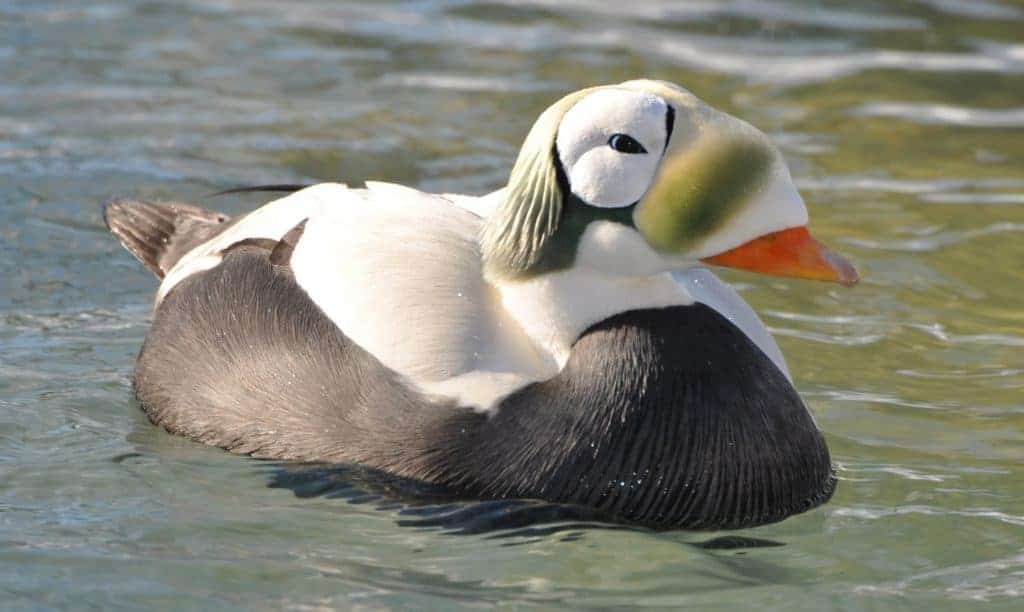
The Spectacled Eider duck lays 5–9 eggs in a cupped nest lined with down. She sits faithfully for most of the 24–25 day incubation, leaving the nest very rarely. The young grow very quickly and can fledge within 2 months.
FURTHER READING
Swem, T, US Fish and Wildlife Service. May 2012 Threatened and Endangered Species: Spectacled Eider
Share this page